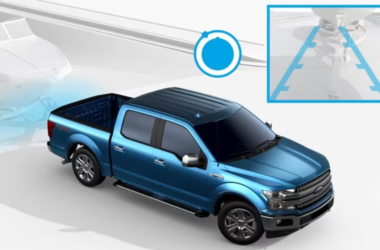The continual innovation in the smartphone world is noteworthy, from the first handheld phone – Motorola DynaTAC 8000X, to the latest smartphones. Alongside the different SIM types, from the standard sim card to micro sim, nano sim and now, the embedded sim card (eSim).
The invention of SIM cards has profoundly helped bridge users with networks and service providers, making it possible to make and receive calls, send and receive text messages, surf the internet etc.
SIM card technology has gone beyond acquiring a physical sim card; now we are in the era of the embedded sim, otherwise called a chip. The eSim technology was first introduced in 2015 when it was used with the regular sim.
For instance, Google Pixel devices were designed to function with only one nano sim and an in-built sim (eSim). Apple has improvised some of its products by completely removing slots for a physical sim to design a dual eSim smartphone.
While there has been a continuous improvement in smartphones to allow for more innovative features, the eSim technology offers a number of advantages over the physical sim.
Hardware Space
eSim would help create more space in phone hardware makeup giving room for hardware improvement like creating a smart, professional camera and a higher battery quality. Since an embedded sim card would work just like a regular sim, phone manufacturers would likely choose an eSim over a traditional sim design.
Global Network Coverage
An eSim benefits travellers due to its uninterrupted network connection as they travel across borders instead of getting to change sim whenever they migrate into another country. With this advantage, data purchase and expiration do not matter with eSim users since data can be used anywhere an eSim is supported in the world. eSims also allow users to switch networks in areas with low signal quality.
Memory Size
The eSim has a larger memory capacity when compared with regular sim cards. It has a memory capacity of 512KB, while the physical sim comes with 128KB.
Enhanced Phone Tracking
The eSim also improves phone tracking since it cannot be removed when a device is stolen or lost, which makes it even more difficult for hackers to fetch information stored in the sim card if captured physically, unlike the regular sim card. Amongst these advantages, eSim cannot be physically damaged or lost since it is inbuilt.
The disadvantage with the eSim is the inaccessibility to sim information when a device is damaged, unlike a regular sim card which can be removed whenever a phone is damaged or the battery is ruined. With this, the physical sim can help in times of emergency to copy out important information stored in the sim or to make timely calls and text messages when slotted in another phone. In a situation like this, users with eSim may be stranded. However, stored sim information can be recovered from the cloud on another eSim device.
What Is The Future Of eSIM Technology?

Most recent iPhones that use dual sim are designed to work with an eSim and a nano sim card. Moreover, iPhone 13 (3rd generation) and later versions can use two eSims. The eSim usage will likely increase in the nearest future.
Since it is a novel technology, eSim will not be available to older phones. Although some mobile service providers are yet to enable the eSim feature, it is expected to be much more available in the future. In anticipation of this technology, which is better for your personal use?
Join the conversation; follow us on Facebook, Instagram, and Twitter at GoSpeedHub.
Photo By Freepik, Apple









